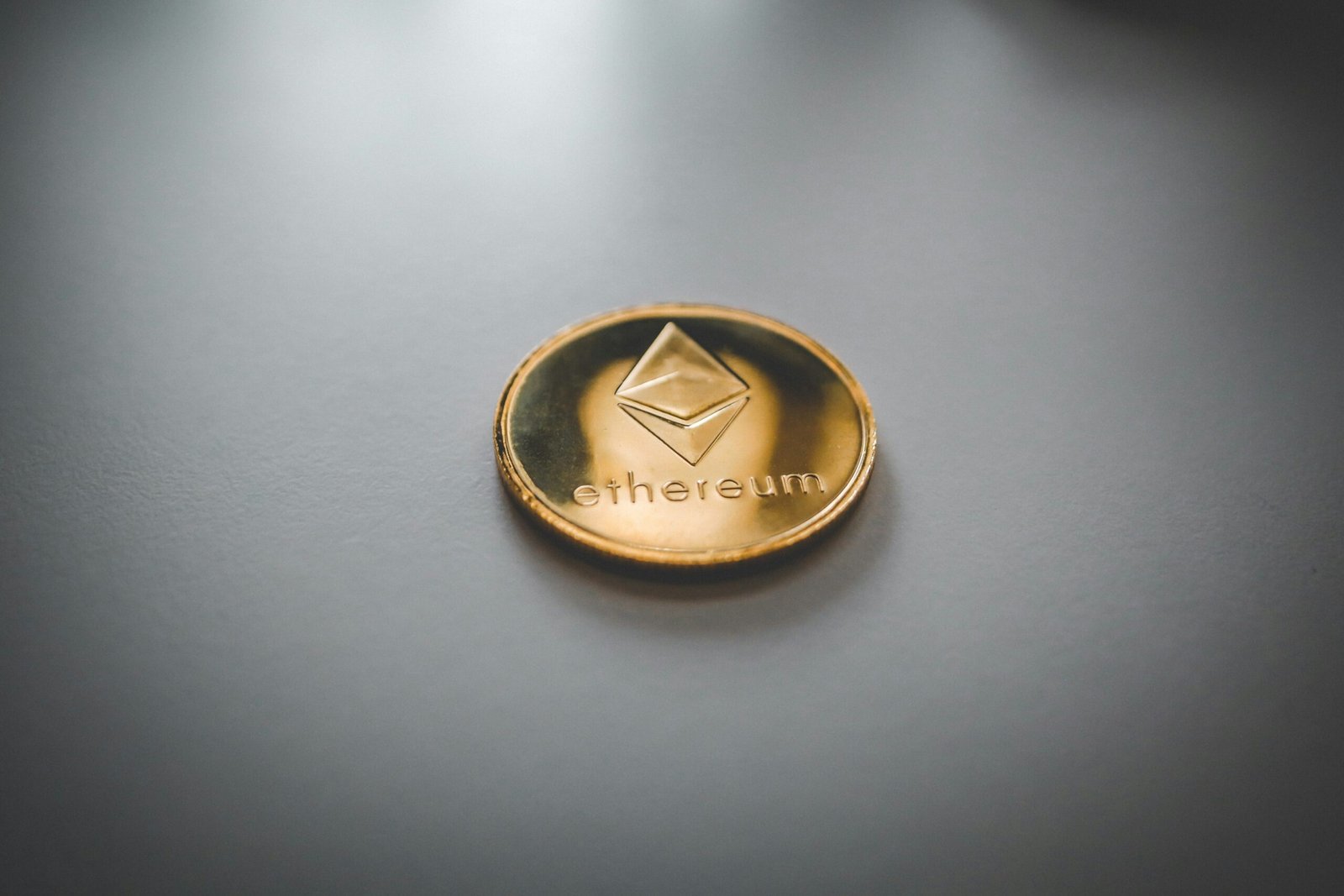What is Cryptocurrency?
Cryptocurrency is a type of digital or virtual currency that uses cryptography for security, making it nearly impossible to counterfeit or double-spend. Unlike traditional currencies issued by governments, cryptocurrencies operate on a technology known as blockchain. A blockchain is a decentralized ledger that records all transactions across a network of computers, ensuring transparency and accuracy without the need for a central authority.
The decentralized nature of cryptocurrencies is one of their defining features. This means that no single entity—such as a bank or government—has control over the entire system. Instead, control is distributed among all participants in the network, allowing for peer-to-peer transactions that can be conducted directly between individuals without intermediaries. This can lead to reduced transaction fees and enhanced accessibility for users around the world.
Another essential aspect of cryptocurrencies is the use of cryptography, which not only secures transaction data but also verifies the identities of the users involved in the transaction. Each transaction is encrypted and stored in the blockchain, ensuring that the transaction history is immutable and public, yet remains secure. This combination of decentralization and cryptography contributes significantly to the appeal of cryptocurrencies, as it facilitates a high level of security and anonymity that is often lacking in traditional financial systems.
Overall, cryptocurrencies represent a fundamental shift in how we perceive and engage with money. As digital assets, they hold the potential for a more inclusive financial ecosystem, where individuals across various demographics can participate in the economy irrespective of geographical or economic barriers. As interest in cryptocurrencies continues to grow, understanding their underlying principles becomes increasingly important for anyone looking to engage with this innovative financial paradigm.
The Rise of Altcoins
Altcoins, short for “alternative coins,” represent any cryptocurrency other than Bitcoin, which is the first and most well-known cryptocurrency. Since Bitcoin’s inception in 2009, thousands of altcoins have emerged, each contributing uniquely to the cryptocurrency landscape. These alternative coins have been developed to address specific limitations associated with Bitcoin or to provide innovative functionalities that appeal to different segments of the market.
The motivations for creating altcoins are varied. One of the primary drivers has been to overcome Bitcoin’s scalability issues. For instance, some altcoins provide faster transaction speeds or lower fees, making them more practical for everyday use or for specific applications like microtransactions. Ethereum, another prominent cryptocurrency, introduced the concept of smart contracts, enabling developers to build decentralized applications (dApps) on its blockchain, thus transforming the use of cryptocurrencies in sectors such as finance and gaming.
Another significant factor contributing to the rise of altcoins is the targeting of niche markets. For example, some altcoins focus on privacy features, such as Monero and Zcash, which offer enhanced anonymity for their users. Others, like Chainlink, aim to bridge the gap between blockchain technology and real-world data, facilitating smarter contracts that can access on-chain and off-chain information seamlessly. This specialization has allowed altcoins to thrive within their respective domains, garnering communities and investment.
Visual representations, such as charts and graphs, can illustrate the market dynamics of various altcoins, showcasing their market cap, trading volumes, and price trends. By understanding the diverse roles that altcoins play within the broader cryptocurrency ecosystem, investors and enthusiasts can make more informed decisions about their participation in this evolving digital revolution.
Comparing Bitcoin and Altcoins
Bitcoin, introduced in 2009 by an anonymous individual or group using the pseudonym Satoshi Nakamoto, represents the first and most recognized cryptocurrency. Often referred to as digital gold, Bitcoin operates on a decentralized network utilizing blockchain technology. Its market capitalization far exceeds that of any altcoin, reflecting its status as a pioneer in the cryptocurrency world. As of October 2023, Bitcoin’s dominance in the cryptocurrency market is a testament to its widespread adoption and implementation as a store of value and medium of exchange.
In contrast, altcoins, or alternative coins to Bitcoin, offer various functionalities, innovations, and improvements not present in the Bitcoin protocol. While Bitcoin primarily aims to function as a peer-to-peer payment system, many altcoins have developed specific use cases. For instance, Ethereum enables the creation of decentralized applications (dApps) and smart contracts, leveraging its robust blockchain technology. Other altcoins, such as Ripple and Litecoin, emphasize faster transaction speeds and more efficient mechanisms. This diversity within the altcoin space helps drive innovation and expands the possibilities of blockchain technology beyond what Bitcoin can achieve alone.
When comparing Bitcoin and altcoins, it is also vital to consider community support and development activity. Bitcoin, with its large and dedicated community, continually influences its protocols and usage. In contrast, many altcoins thrive due to strong communities that champion their respective technologies, creating vibrant ecosystems. Market trends and performance metrics further illustrate these comparisons. Infographics depicting the historical price movements, market capitalization trends, and technological advancements of Bitcoin versus select altcoins provide a visual representation of their differences. Evaluating these aspects helps users grasp the unique position of Bitcoin while also acknowledging the potential and utility of alternative cryptocurrencies.
Future of Cryptocurrency and Altcoins
The future of cryptocurrency and altcoins is a vibrant and evolving landscape characterized by dynamic trends, regulatory considerations, and technological advancements. As of now, cryptocurrencies are gaining traction in various sectors, indicating their potential for mainstream acceptance. The increased institutional interest and investment in digital assets signify a shift in perception, transforming cryptocurrencies from speculative investments into viable financial tools.
Regulatory developments will play a crucial role in shaping the future of the cryptocurrency market. Governments across the globe are working towards creating frameworks that will facilitate the growth of blockchain technology while addressing concerns related to security, fraud, and market volatility. Countries that implement clear regulations may foster an environment conducive to innovation, encouraging companies to explore blockchain solutions for various use cases, including supply chain management, financial services, and digital identity verification.
In addition to regulations, technological advancements are bound to drive the evolution of this sector. The emergence of Layer 2 solutions and interoperability protocols aims to tackle issues such as scalability and transaction speeds. These innovations can enhance the user experience and broaden the application of cryptocurrencies, encouraging widespread adoption among businesses and consumers alike.
Furthermore, the utility of cryptocurrencies is anticipated to expand, with decentralized finance (DeFi) and non-fungible tokens (NFTs) representing transformative opportunities. The rise of DeFi platforms allows individuals to engage in peer-to-peer transactions, fostering financial inclusivity and independence. As more individuals recognize the value of digital assets, their use in everyday transactions is expected to rise, establishing cryptocurrencies as a foundational component of the modern economy.
In conclusion, the interplay of regulatory efforts, technological progress, and increased acceptance will shape the future of cryptocurrency and altcoins. The ongoing developments will likely lead to new investment opportunities, greater utility, and an integrated role in various industries.



